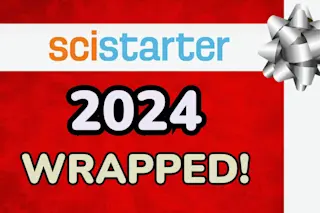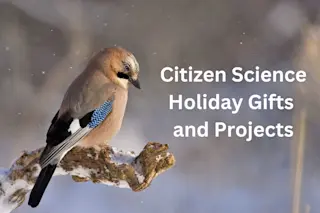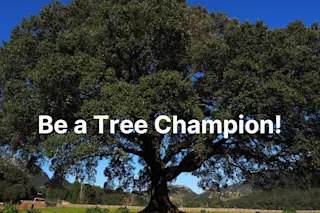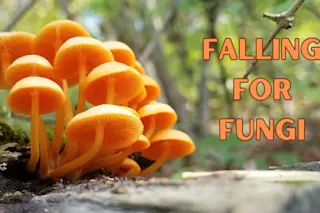Editor's Note: The National Science Foundation put out this list of science activity ideas. It's shared here with their permission.
With schools across the country closing their doors to restrict the spread of the COVID-19 virus, nearly 30 million students in almost every state are facing disruption to their daily education. The National Science Foundation has long supported innovative STEM education programs that supplement classroom learning and draw from existing best practices in education theory. Here are a few activities for learners of all ages that can be practiced at an appropriate social distance.
1. Learn to code using Scratch (ages 8-16) or ScratchJr (ages 5-7). With Scratch, kids can program their own interactive stories, games and animations and share their creations with an online community. In the process, they develop software graphically as a way of learning the fundamentals of coding language. Launched in 2007, Scratch helps children improve ...














